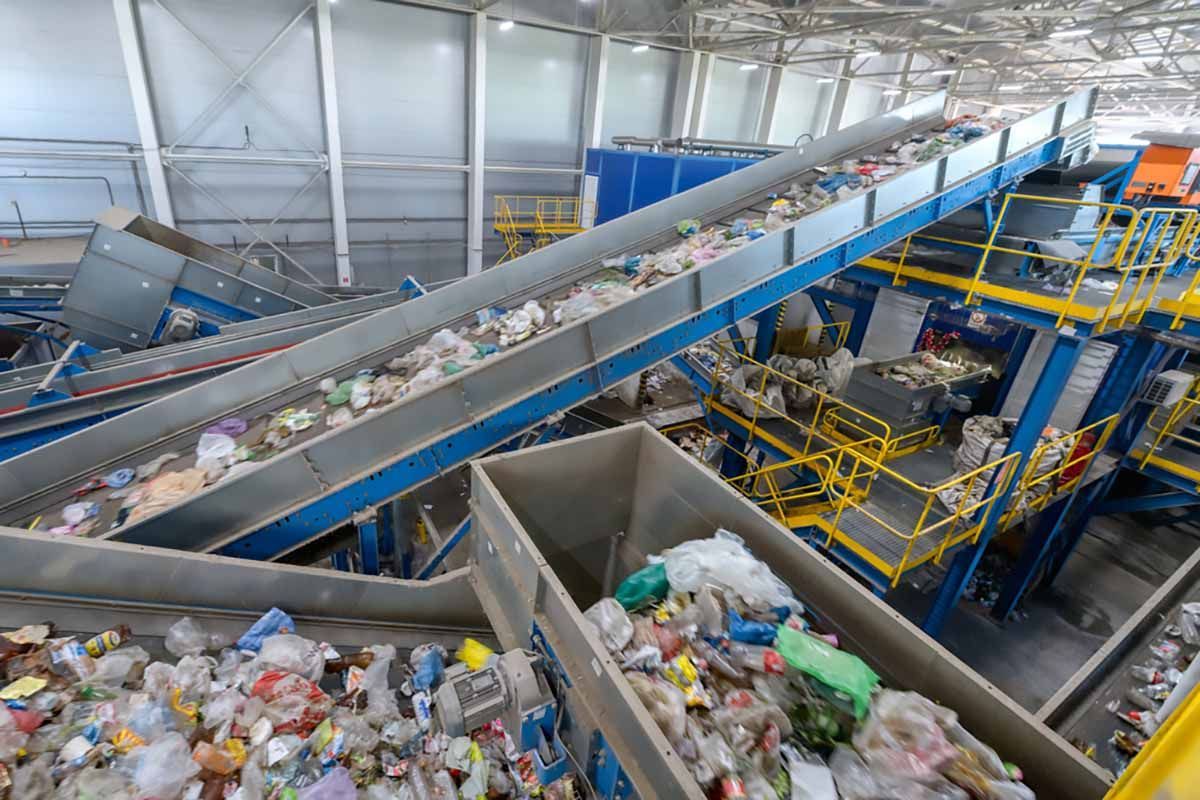A Brief History of Recycling
November 19, 2019
This guest blog is courtesy of American Disposal Services.
For those of you who think recycling is something that just came about within the last few decades, think again!
Ancient Recycling
The first recorded use of recycled paper was in 9th century Japan . Ancient Japanese people began recycling paper almost as soon as they learned how to produce it and recycling became part of paper production and consumption. Japanese culture generally treats recycled paper as being more precious than new and the recycled paper was often used in paintings and poetry. In the 12 century, a case was recorded of an emperor’s wife: after the emperor died, she recycled all the poems and letters she received from him and wrote a sutra on the recycled paper to wish peace upon his soul.
US Recycling Start
Finally, in 1690, recycling reaches the New World. The Rittenhouse Mill in Philadelphia opens and begins recycling linen and cotton rags. The paper produced from these materials was sold to printers for use in Bibles and newspapers.
World War II
World War II sees massive, universal collection campaigns for tin, rubber, steel, paper and more. More than 400,000 volunteer in the effort and tens of thousands of tons of material are recycled in order to save money for the war efforts. This was a national campaign. Posters and newsreels detailing the materials needed (and why) are abounding. All Americans were on board, and most were excited to help aid the troops by conserving and recycling.
1960s
The first curbside collections of yard waste, metals, and paper start popping up around the county. Separate waste streams collected at the curb become common place.
1970s
- Greater emphasis on green movements through government backed initiatives generates public awareness of conservation efforts.
- Concept of the flower child emerges. Earth Day is celebrated for the first time on April 22, 1970.
- The ‘chasing arrows’ recycling symbol is created by a Southern California architecture student who was trying to win a contest. He has been quoted to say that he never could have imagined the logo he designed would be so widely recognized.
- The first curbside-recycling bin “The Tree Saver” is used in Missouri for the collection of paper in 1974.
- In 1976, Massachusetts secures the first ever EPA recycling grants. With the grant money, they implement weekly multi-material curbside collection programs in two cities and use the first ever residential recycling truck. It costs $20,000.
- By the end of the decade approximately 220 curbside collection programs are under way in the US, about which 60 are multi-material collection.
1980s
- In 1987, The Mobro 4000 (nicknamed “The Garbage Barge”) spends months on the ocean, searching for a location to dispose of its garbage cargo. This saga was widely covered in the media and has been credited with awakening Americans in regard to solid waste and the importance of recycling.
- In that same year, New Jersey enacts the nation’s first universal mandatory recycling law, which requires all residents to separate recyclables from their trash.
- By 1985 America is at 10% nationwide recycling participation.
1990s
- The first ever-statewide ban on landfilling recyclable materials goes into effect, in Wisconsin in 1993. The ban initially prohibits yard wastes in landfills. Later, in 1995, other items (such as tires, aluminum containers, corrugated paper, foam polystyrene, plastic containers and newspapers) are banned as well.
- By 1995 America is at 20% nationwide recycling participation; double what it had been 10 years ago in 1985 and only 3 years later, in 1998, it tops 30%.
2000-Today
- In the early 2000s, organic waste collection at the curb begins on the West Coast (San Francisco).
- Currently, goal setting for ambitious West Coast cities reaches up to 80% recycling participation in some areas.
- In 2011, lawmakers in California adopt a goal to get the state’s recycling rate to 75% by 2020.
- In 2012, McDonalds finally replace their Styrofoam cups with paper ones.
- In 2011, the state of California had set the goal for 75% by 2020. Only one year later, in 2012, San Francisco announces it has achieved an 80% diversion rate for it’s waste….This puts San Francisco 8 years ahead of schedule on that goal, and with 5% MORE waste diverted!
Although this is a condensed list, you can see how far the recycling process has come and it is only becoming MORE accessible and widespread as time goes on! Imagine where we could be in 10 years if we all just Think Before We Throw!
Disclaimer: Guest blogs represent the opinion of the writers and may not reflect the policy or position of the Northeast Recycling Council, Inc.
Share Post





